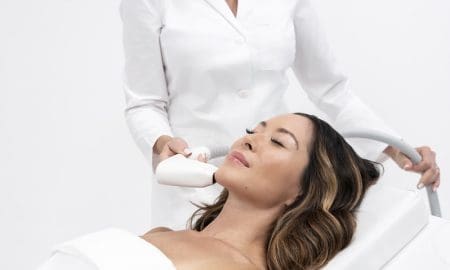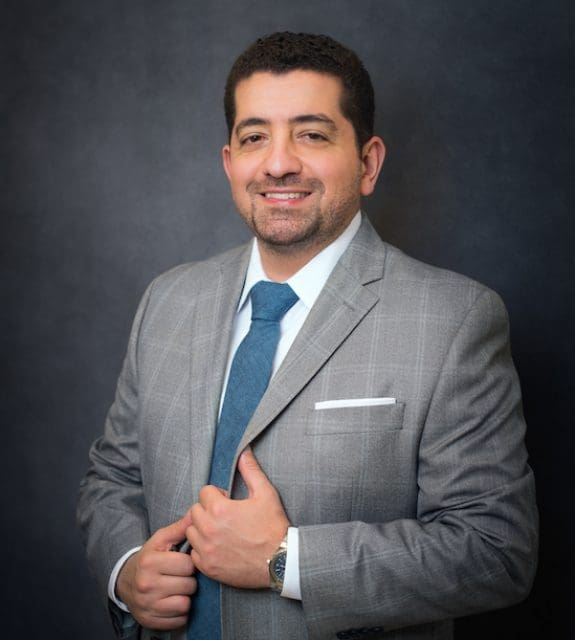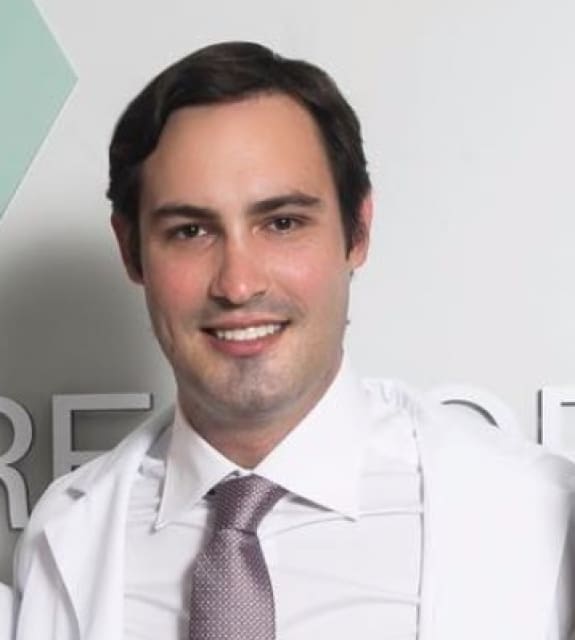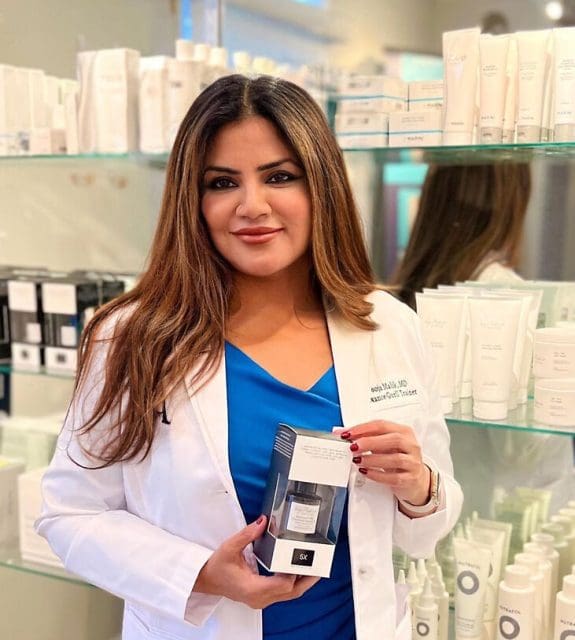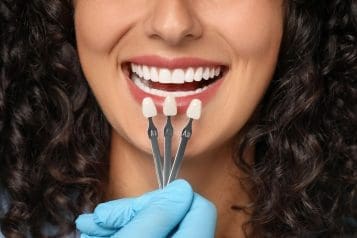Hair thinning and loss continues to be a focus of much research and innovation, simply because it's a significant issue for millions of men and women alike. According to Dr. Miguel Mascaró, founder of the Delray Beach Hair Transplant Center in Delray Beach, Florida, “There are several factors that can lead to hair loss, including genetics and environmental factors. It’s important to determine the underlying cause, as this dictates the most effective course of treatment that can help restore healthy hair growth.” Medications and hair-restoration procedures have advanced greatly in recent years, and there are several new theories and treatment options on the horizon that are getting a lot of attention.
Platelet-rich plasma
Platelet-rich plasma (or PRP) has seen a surge in popularity for treating hair loss (as well as anti-aging) in recent years. This procedure involves taking patient’s blood and processing it to isolate the most beneficial growth factors and proteins, and reinjecting them into the scalp in order to stimulate the hair follicles. Dr. Mascaró explains, “Recent studies have shown that PRP promotes cell growth via protein production. In terms of hair growth, this stimulation of protein production prolongs the growth phase of the hair cycle.” The recommended treatment approach includes three treatments spaced one month apart, followed by “booster” treatments every three to six months.
Although Dr. Mascaró has seen positive results in patients experiencing hair loss, he believes more research is warranted to make the most of this innovative treatment. “I’d like to see more studies about the individual components of PRP, such as a type of white blood cells called monocytes that are believed to have anti-inflammatory properties. Granulocytes are of interest as well, as these white blood cells may have a pro-inflammation effect. With a better understanding of the roles the various components found in PRP play, we can potentially improve results by further refining PRP before injection.”
Dietary changes
Supplements are big business these days, and there are countless formulas geared toward slowing hair loss and promoting healthy hair growth. Biotin has been a mainstay since a 1950s study demonstrated hair growth in mice when their diets were supplemented with this nutrient—but only after they were on a diet of egg whites that led to decreased hair growth. Vitamin D deficiency has also been linked to hair loss, yet those with healthy hair can have low levels of this nutrient as well.
“Actual biotin deficiency is very rare, and there is no evidence that vitamin D supplements can have an impact on hair growth. However, there is a proven link between low levels of other nutrients and hair loss, especially iron, zinc, niacin and fatty acids. Although many patients like the idea of taking a few pills each day to ‘fix’ these problems, in some cases over-supplementation can actually lead to hair loss. I believe doctors, researchers and patients alike should focus more on the nutrients (or lack thereof) in the actual foods we eat as a means of creating an optimal hair growth environment rather than looking for a ‘magic’ pill.”
Inflammation
Inflammation is the root cause of many health- and appearance-related concerns, and its role in hair loss has become better understood in recent years. Studies have shown that screening hair-loss patients for markers of inflammation may help indicate the most effective course of treatment. “Recent research found that some patients with female-pattern hair loss have higher levels of inflammation, and an ongoing study is examining hair-growth results when a high-dose topical treatment like minoxidil is combined with a topical steroid,” Dr. Mascaró explains. Although the role of inflammation has not been as extensively studied in men, it is believed to be a factor in male hair loss as well.
Low-energy lasers
Additional hair loss studies are assessing the benefits of low-level laser light for hair loss in those with normal and elevated inflammation markers. “Numerous studies have shown that low-energy lasers may stimulate hair growth, decrease shedding and increase the diameter of new hair shafts, and although more research is warranted, I’m optimistic about this treatment because it is safe and easy for patients to use at home,” says Dr. Mascaró, who often recommends devices by HairMax or Capillus in conjunction with topical and oral medications, as well as PRP.
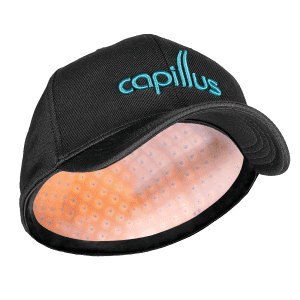
New applications for existing medications
Botox first received FDA approval for the treatment muscle spasms in the eye area, and we all know it is now the most popular injectable treatment for smoothing fine lines and wrinkles. “In the same vein, several medications used for a variety of conditions unrelated to hair loss have shown to have potential for stimulating hair growth. One is the antihistamine fexofenadine (also known as Allegra), which has been found to reduce seasonal shedding in patients with a specific type of immune-related hair loss called alopecia areata. Hair growth has also been seen in alopecia areata patients who take dupilumab (also known as Dupixent) for eczema as well as those on tofacitinib (Xelijaz) for arthritis or ulcerative colitis. Although further clinical research is necessary before doctors should add these or other drugs to their hair-loss treatment options—and I advise patients against taking any medications that have not been approved by the FDA specifically for hair loss—I look forward to what the future has in store in terms of alternative therapies that can help slow and reverse hair loss,” Dr. Mascaró shares.








